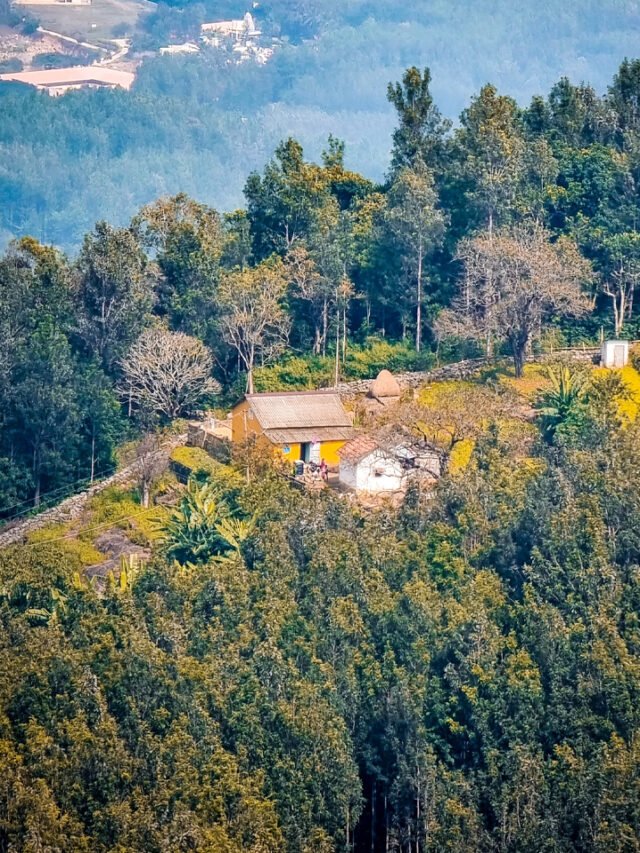KATHMANDU, Sept 30: Search and rescue operations continued in Nepal for the third consecutive day on Monday after monsoon-induced floods and landslides killed more than 200 people in one of the worst rain-related disasters in the Himalayan nation in recent years.
Incessant rainfall over the weekend triggered floods and landslides, wreaking havoc in Kathmandu and most of the districts of Nepal.
At least 205 people have been killed with 24 others still missing in the continuous rainfall, floods, landslides and inundation, Home Ministry officials said, adding that Kathmandu alone recorded 56 deaths related to the natural disaster.
According to the officials, 130 people have been injured nationwide in the disaster.
The Home Ministry said all security agencies have been deployed for relief efforts following the floods and landslides, and the Nepal Army, Nepal Police and Armed Police Force personnel have rescued around 4,500 disaster-affected individuals so far. While those injured are receiving free treatment, food and other emergency relief materials have been provided to others affected by the floods.
Hundreds of people are facing a shortage of food, safe drinking water and sanitation in Kathmandu following the natural disaster, according to eyewitnesses.
Market prices have also soared as vegetables coming from India and other districts of the country have been temporarily halted due to obstruction in major highways due to landslides.
At least 20 hydropower plants with a combined capacity of 1,100 MW suffered damages due to floods and landslides in the past three days, leading to the disruption of power supply in Kathmandu and other major cities, officials said.
Meanwhile, Prime Minister K P Sharma Oli, who returned home from his visit to the US to attend the United Nations General Assembly on Monday, said the government will not leave any stone unturned in rescue and relief distribution works and urged all sides to cooperate with the government.
Earlier, an all-party meeting convened on Sunday by Officiating Prime Minister Prakash Man Singh at the Prime Minister’s Office in Singha Durbar decided to enhance rescue, relief, and re-establishment efforts during the ongoing disaster caused by heavy rains.
A task force was also formed to assess the details of the damage caused within a 15-day deadline.
The Disaster Management Executive Committee said it will provide a relief amount to the families of those missing. If the missing person is not found within 10 days, their family will be provided the same amount as that given to the kin of a person killed in the rain-induced disaster.
Numerous roads throughout the nation are severely damaged, and all routes leading to the capital city, Kathmandu, are still blocked, leaving thousands of travellers stranded.
Home Ministry spokesperson Rishiram Tiwari said efforts are underway to clear the obstructed highways to resume transportation.
“Heavy rains since Friday have caused widespread flooding across Kathmandu Valley, and across Nepal. This is the worst flooding experienced in recent years,” said Jagan Chapagain, the chief executive officer and secretary general of the International Federation of Red Cross and Red Crescent Societies, in a post on X.
“In response to the crisis, local branches of the @NepalRedCross are working closely with authorities and (the) Emergency Operations Centre of Nepal Red Cross to coordinate rescue and relief operations,” he added.
Kathmandu’s main river, the Bagmati, was flowing above danger levels after incessant rain lashed large swathes of eastern and central Nepal on Friday and Saturday, a report published by the International Centre for Integrated Mountain Development (ICIMOD) said.
“A low-pressure system in the Bay of Bengal and the more northerly than usual position of the monsoon trough was the reason” behind the exceptionally intense rain, it said on Saturday.
Scientists say that while climate change is changing the amount and timing of rainfall across Asia, a key reason for the rise in the impact of floods is the built environment, including unplanned construction, especially on floodplains, which leaves insufficient areas for water retention and drainage.
The floods and landslides have thrown life out of gear in many parts of the country, with many highways and road stretches disrupted, hundreds of houses and bridges buried or swept away, and hundreds of families displaced.
Thousands of passengers have been stranded in various places due to road disruption.
During the all-party meeting, it was also decided that the Ministry of Health and Population will conduct awareness programmes and other initiatives in potential and suitable locations to prevent the spread of diseases, as epidemics can spread after such disasters. (PTI)












